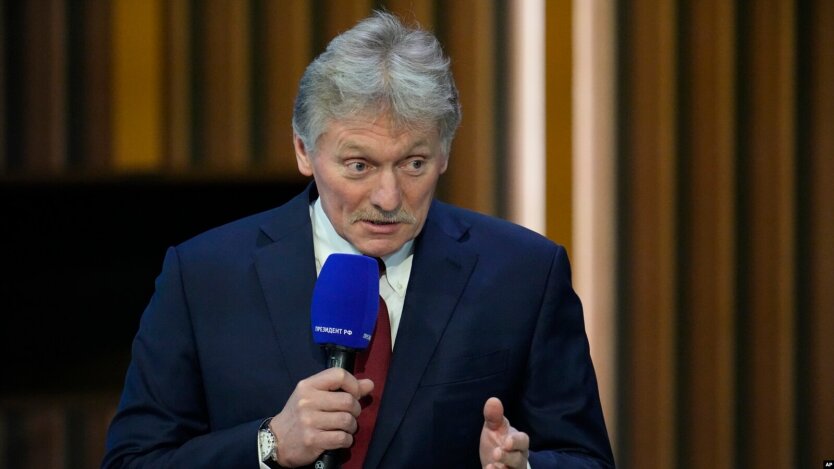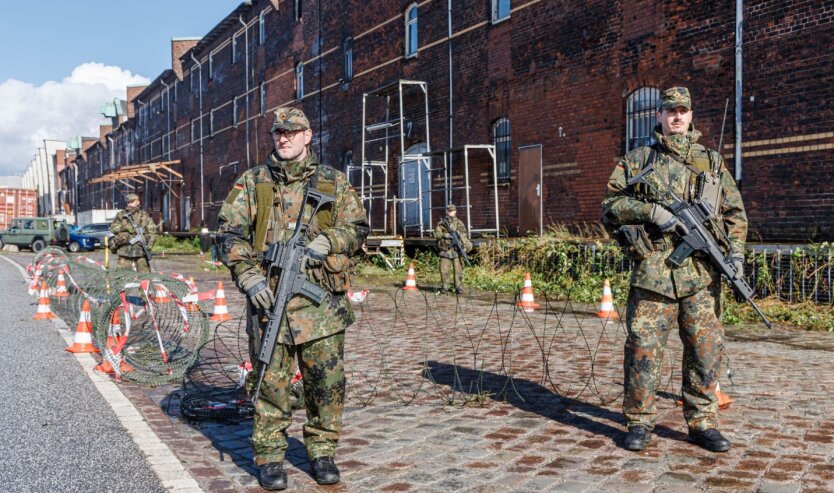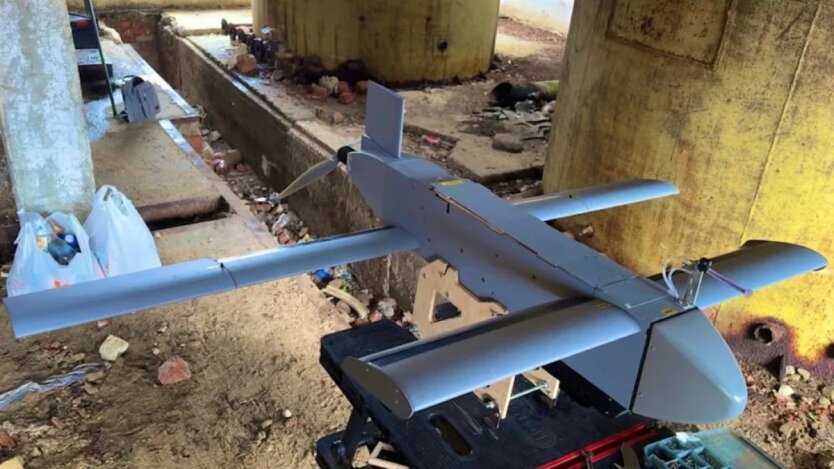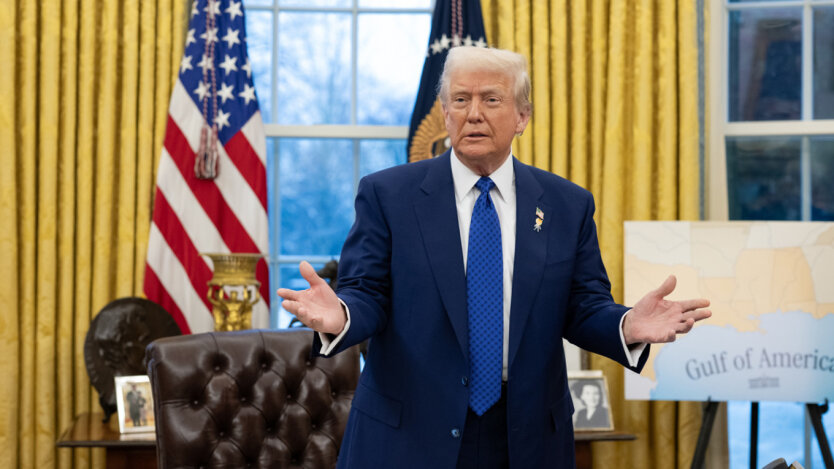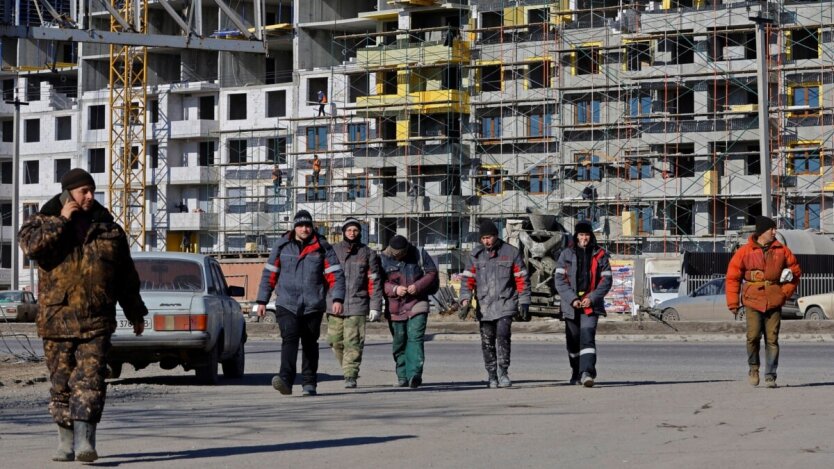Poland is becoming a NATO stronghold amid Russian threat - Media.

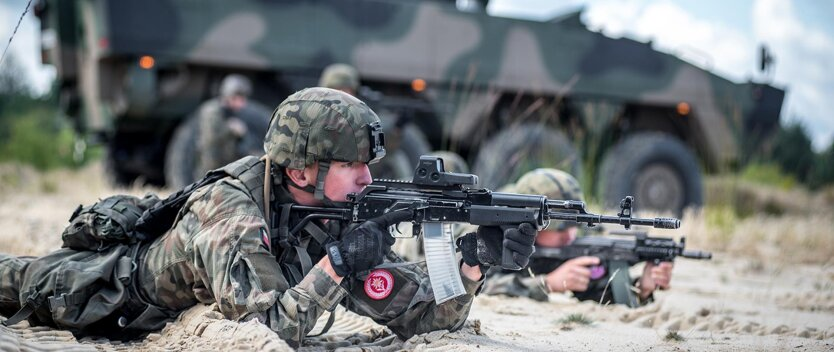
In light of growing tensions in Europe and uncertainty regarding the future role of the US in the region, Poland is actively enhancing its defense capabilities and taking a leading role in ensuring regional security.
The reason is simple: the Poles know that the Kremlin's ambitions extend far beyond Ukraine," notes the analyst.
Edward Lucas, an expert in European and transatlantic security, in his article for The Times discusses Poland's active role in strengthening defense and ensuring security in the region. He notes that Poland is showing impressive economic growth, and the national income per capita will reach a significant amount this year. The country is also significantly increasing its military spending and actively modernizing its armaments.
Poland has a clear understanding of the Kremlin's ambitions and their relation to Ukraine. Due to its experience in countering Russian manipulations, the country is prepared for a potential conflict and ready to independently defend its territory. Poland and other regional allies are critical of the US and some Western countries' approach to supporting Ukraine.
The article also notes that Russia influences political sentiments in Washington and that the US is losing its role in ensuring security in Europe. Therefore, Poland is taking a leadership role in strengthening defense capabilities and actively rallying regional allies. This could have a significant impact on the future security architecture in Europe and transatlantic relations.
Read also
- Peskov announced Putin's position on the ceasefire in Ukraine
- Germany will practice a scenario of a Russian attack on NATO countries
- German strike drone with AI successfully passed combat tests in Ukraine
- Saudi companies and TikTok sponsored Trump's latest fundraisers - NYT
- The aggressor is losing momentum: the Russian offensive in Ukraine is slowing down since November
- The Kremlin plans to resettle 5 million Russians in the occupied territories by 2030

